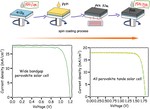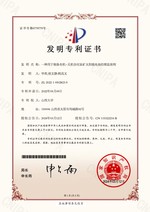Biography
I am currently a postdoctoral researcher at i-PERC, University of Electro-Communications. My research interests focuses on the fabrication of high-efficiency perovskite solar cells, encompassing single-junction lead-free solar cells and tandem solar cells. I am also deeply involved in exploring the crystallization dynamics of perovskites and conducting first-principles calculations. In addition to my work with perovskites, I employ electrospinning techniques to investigate polymer spinning behavior.
I have published numerous high-impact research papers and serve as a reviewer for prestigious journals, including Nature, Advanced Functional Materials, Small, and Polymer, etc.
Furthermore, I am honored to be a youth editorial board member of Materials Futures (Impact Factor: 12).
Interests
- Artificial Intelligence
- Information Retrieval
- Quantum and DFT calculation (CP2K, Gaussian, QE)
Education
-
PhD in Science and Engineering, 2021
The University of Electro-Communications
-
MEng in Materials Science, 2017
Changchun University of Technology
-
BSc in Material Chemistry, 2013
Lyuliang University




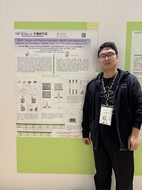
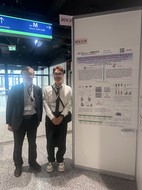
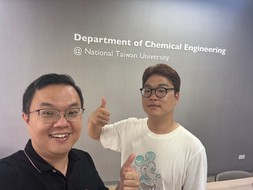




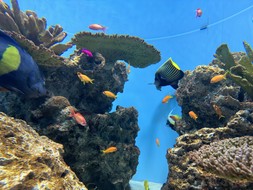
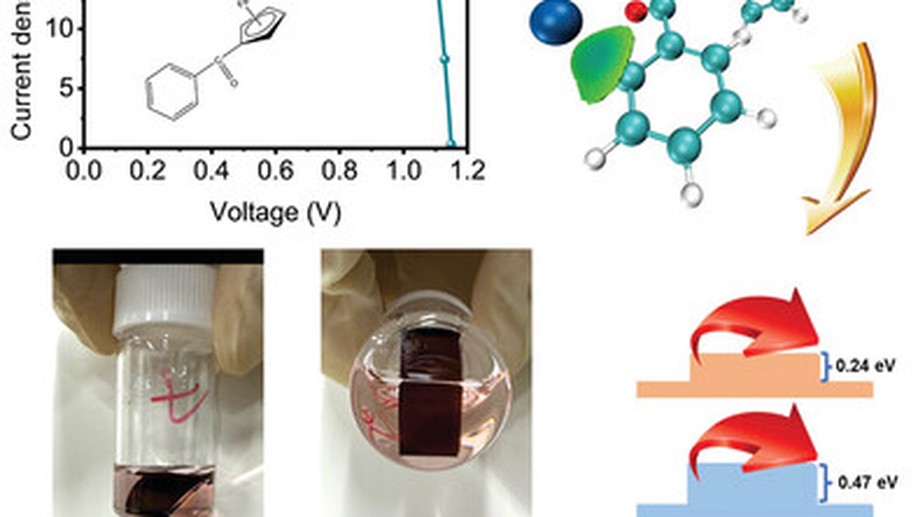
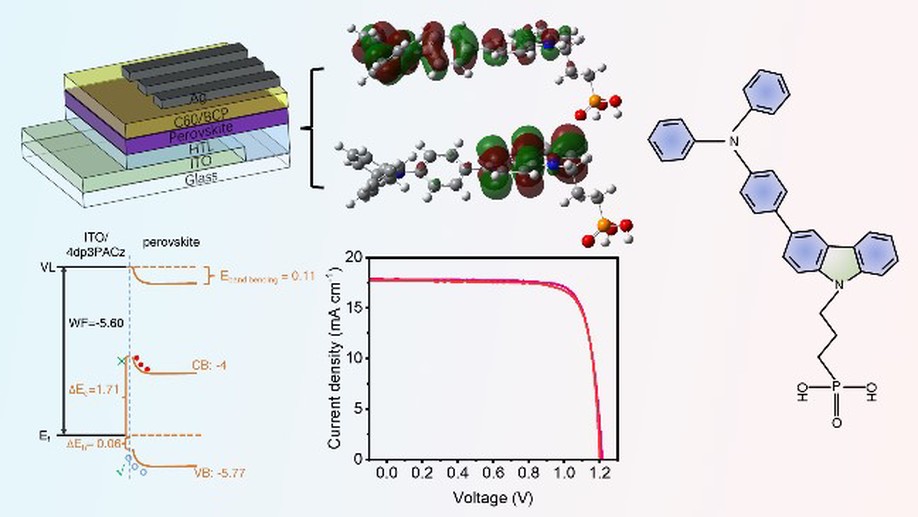
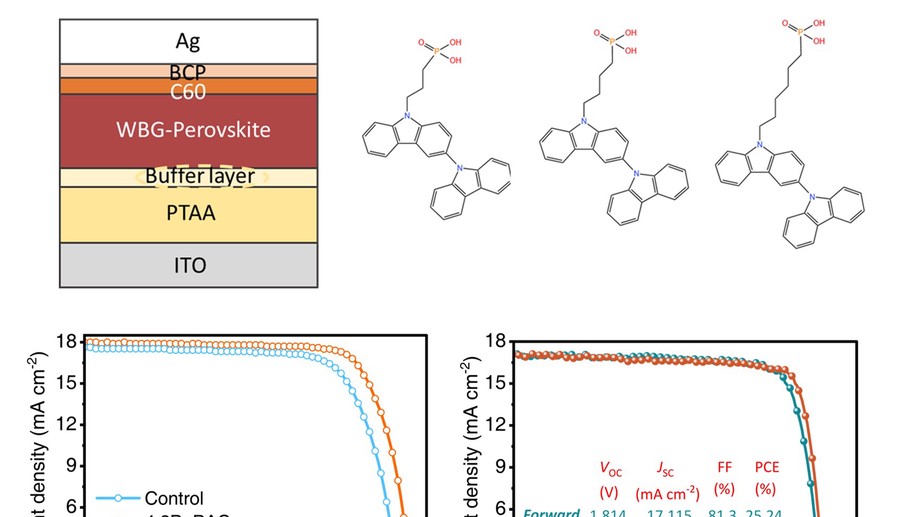
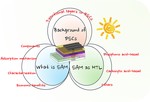

![Enhanced Electron Transport in Heterojunction Sn-Perovskite Solar Cells Assisted by [6,6]-Phenyl-C61-butyric Acid Methyl Ester as a Dopant](/publication/j-acs-energy-letters-2/featured_hu8c1d872cd97333fb9c8f0316e56af0e0_34906_150x0_resize_q90_lanczos.jpg)
